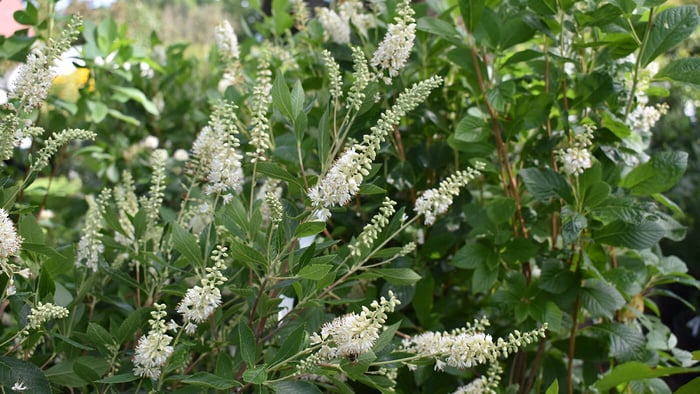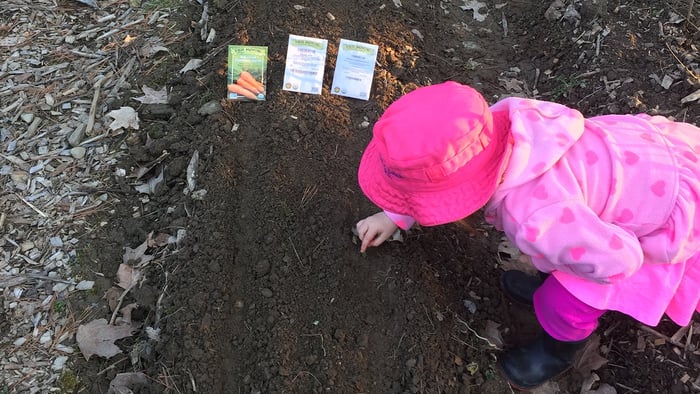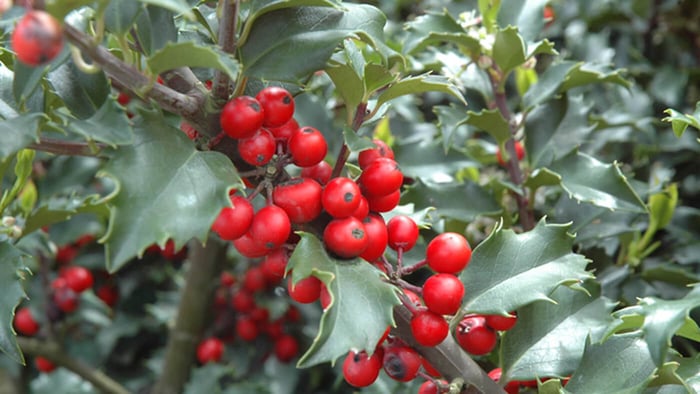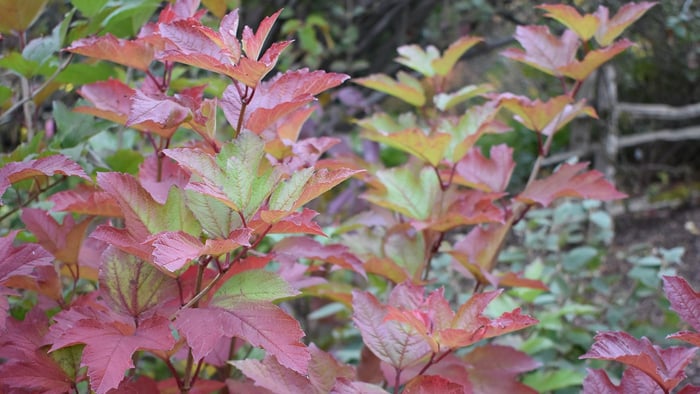
Which Shrubs Should Be Pruned in Spring
Spring in the Northeast can be very demanding. The beautiful snow has probably covered a lot of debris in your flower gardens, from broken branches strewn about to misplaced driveway gravel. In general people know how to tidy up, but we do regularly get phone calls beginning in early April inquiring about which shrubs should be pruned in spring. Shrub pruning can be simplified into two seasons; spring pruning and summer pruning.
 Spirea can be pruned in spring
Spirea can be pruned in spring
Spring Pruning
Any shrub that blooms in the summer or early autumn can be pruned in the spring. These plants bloom on new wood. The term 'new wood' refers to that season's growth. In terms of actual shrub growing, the season in Vermont begins in late March or early April and ends around late July. These shrubs include:
- Hydrangea
- Spiraea
- Clethra
- Aronia
- Dogwood
- Rose of Sharon / Hibiscus syriacus
- Winterberry / Ilex verticillata
- Ninebark
We will use the Hydrangea paniculata treeform for our spring pruning example. This plant puts out masses of large flowers starting in August. Each spring we severely prune the plants growing for sale at the nursery. For the entire spring they look like sticks with stunted branches. However, once the temperatures warm up they will start to put on new growth. In August, those stubby little branches will be three feet long with enormous flower heads that formed and matured during the growing season. The summer-blooming spirea, like 'Little Princess, 'Pink Parasols' and 'Anthony Waterer' are some more shrubs that would benefit from a sharp spring pruning.
 |
 |
| We severely prune Hydrangea paniculata in spring |
A season of growth makes a difference!
|
Pruning Tips
How far back you prune a shrub is really a matter of taste. We like a shrub to maintain its natural shape. In order to ensure this we always recommend that people prune the branches at least a foot or more back than the ultimately desired height. So, if a shrub in your yard is an attractive three feet tall and it grows a foot per season, prune the branches back by a foot at least. It will maintain its natural shape as it matures during the summer.
 |
 |
|
Notice the forsythia buds on last season's growth - prune after blooming
|
Likewise, quince blooms on last season's wood and should be pruned after flowering |




